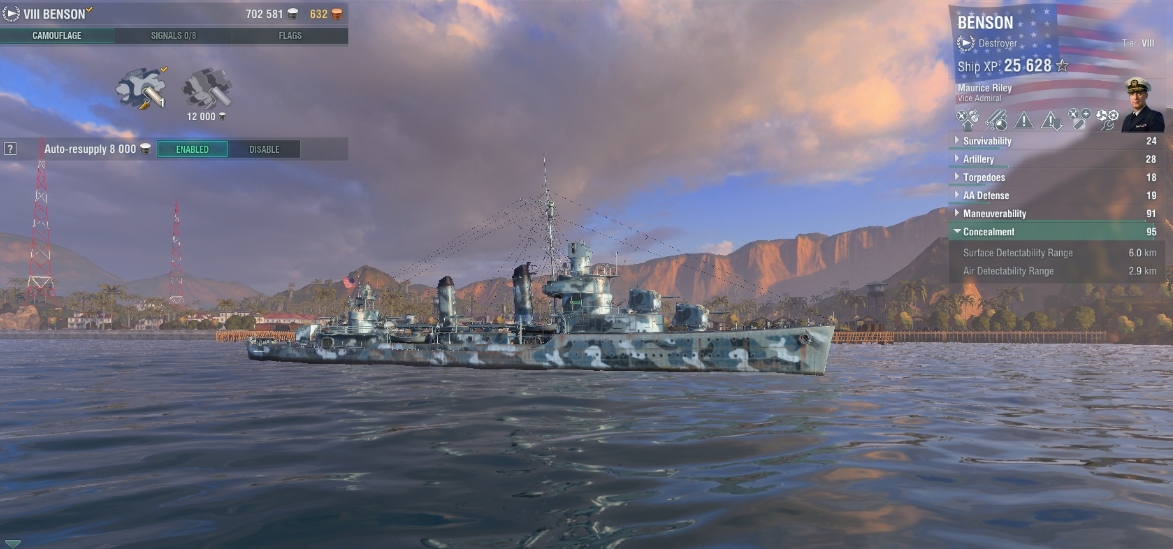

American artist Abbott Thayer, for example, advocated painting ships white and concealing their smokestacks with canvas in an effort to make them blend into the ocean, according to Smithsonian.ĭazzle camouflage, as Wilkinson’s concept came to be called, “appeared to be counter-intuitive,” explains Roy R. Wilkinson’s idea was a startling contrast to those of other camouflage theorists. The patterns would make it more difficult to figure out the ship’s size, speed, distance and direction. Subscribe for more episodes.By covering ships’ hulls with startling stripes, swirls and irregular abstract shapes that brought to mind the Cubist paintings of Pablo Picasso or Georges Braque, one could momentarily confuse a German U-boat officer peering through a periscope. You can find this video and all of Vox’s videos on YouTube. If you want to learn more, you can explore the Navy’s archive of dazzle camouflage history, read this 1919 Popular Science article about the technique, or explore the life of Norman Wilkinson, the artist credited with inventing dazzle camouflage. This video shows the basics of this unusual camouflage. Today, dazzle patterns are still used in types of face camouflage, and by car manufacturers when prototyping new models. Phil Edwards / Voxĭazzle patterns made it a lot harder to determine a ship’s trajectory, because they helped hide key points of reference for torpedoes, like the ship’s overall orientation. non-dazzled ship (right) might look like. An example of what a dazzled ship (left) vs. These things were usually determined by eye, through a periscope, or using a rangefinder. Factors like the angle a ship was traveling, its speed, and its distance from the U-boat itself all came into play. Despite this, the U-boat had limitations: torpedoes required calculating the target’s trajectory. Submarines and torpedoes were a big, new threat in WWI. These colorful ships had artistically adventurous patterns that, due to the limitations of U-boat periscopes and torpedoes, were surprisingly effective at keeping ships safe. Instead of attempting to hide a ship, the goal was to conceal the ship’s course through flashy misdirection. Camouflage is usually about blending in, but some of the most unusual camouflage during World War I wasn’t designed to do that.ĭazzle camouflage was a popular camouflage method, as the above video shows.


 0 kommentar(er)
0 kommentar(er)
